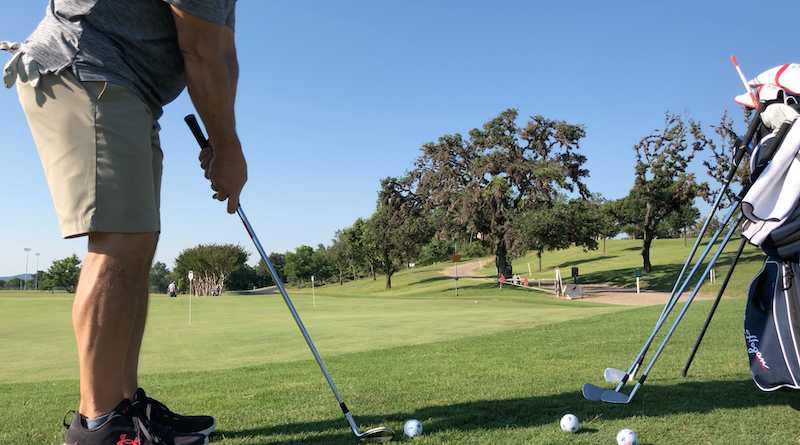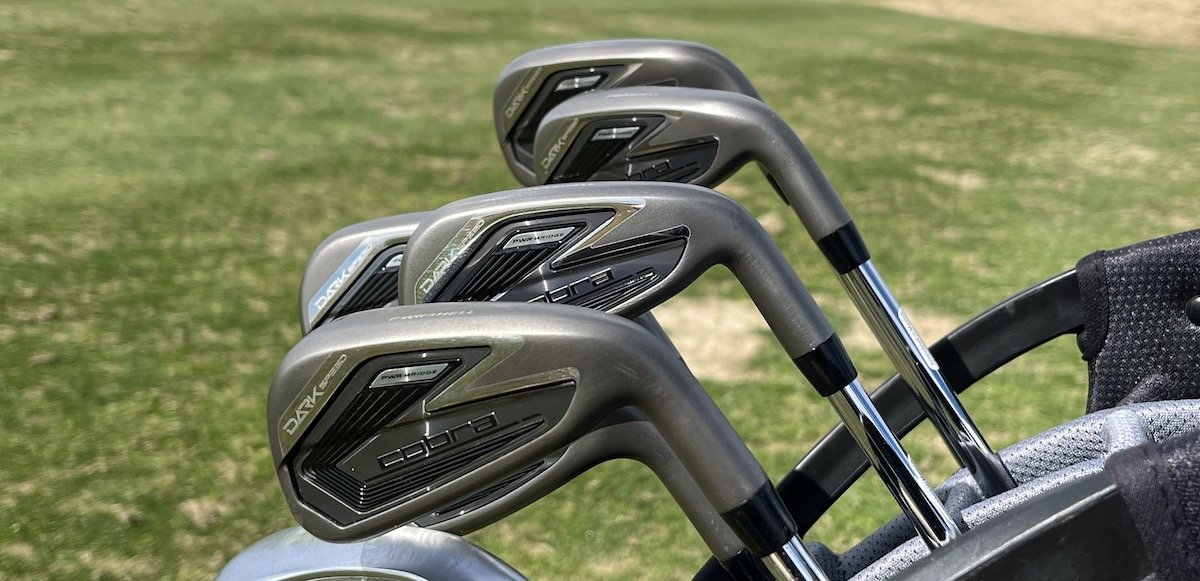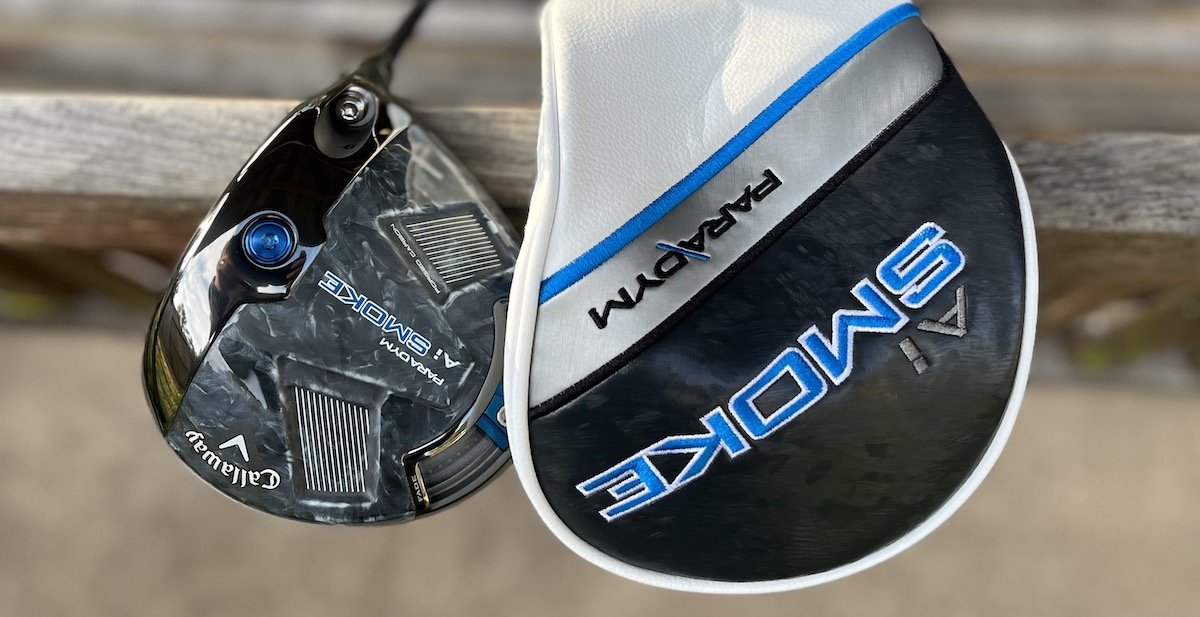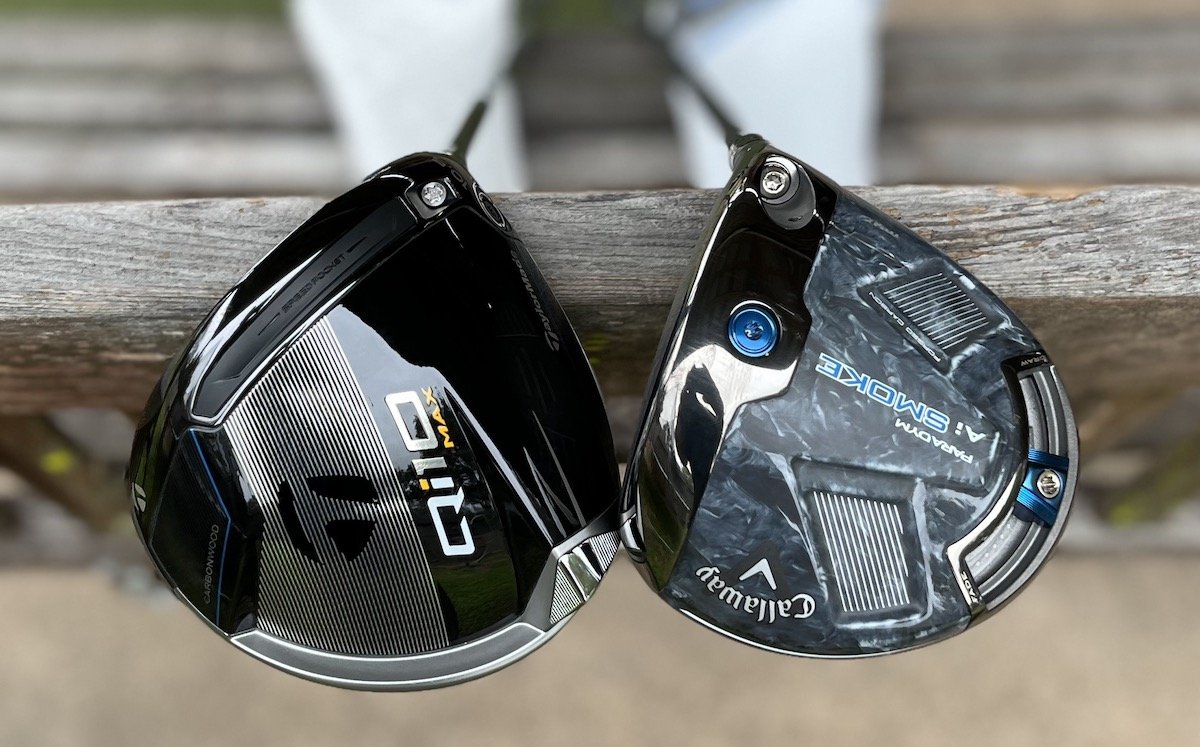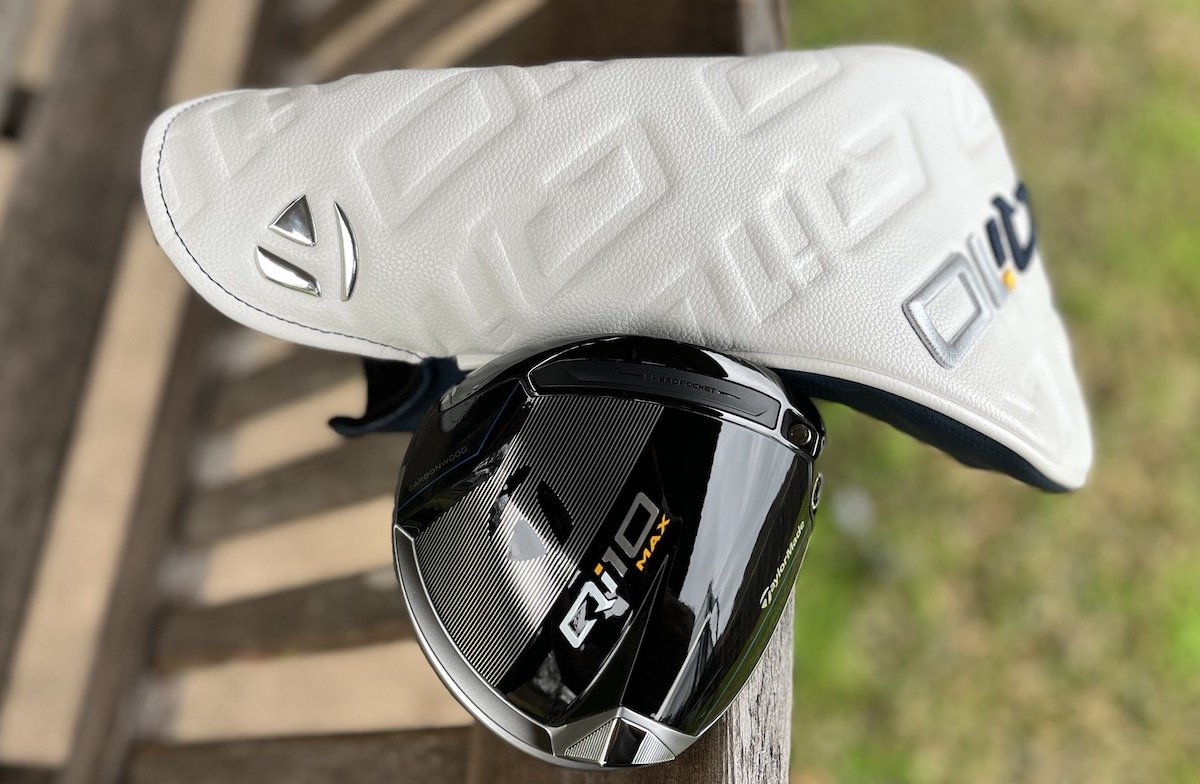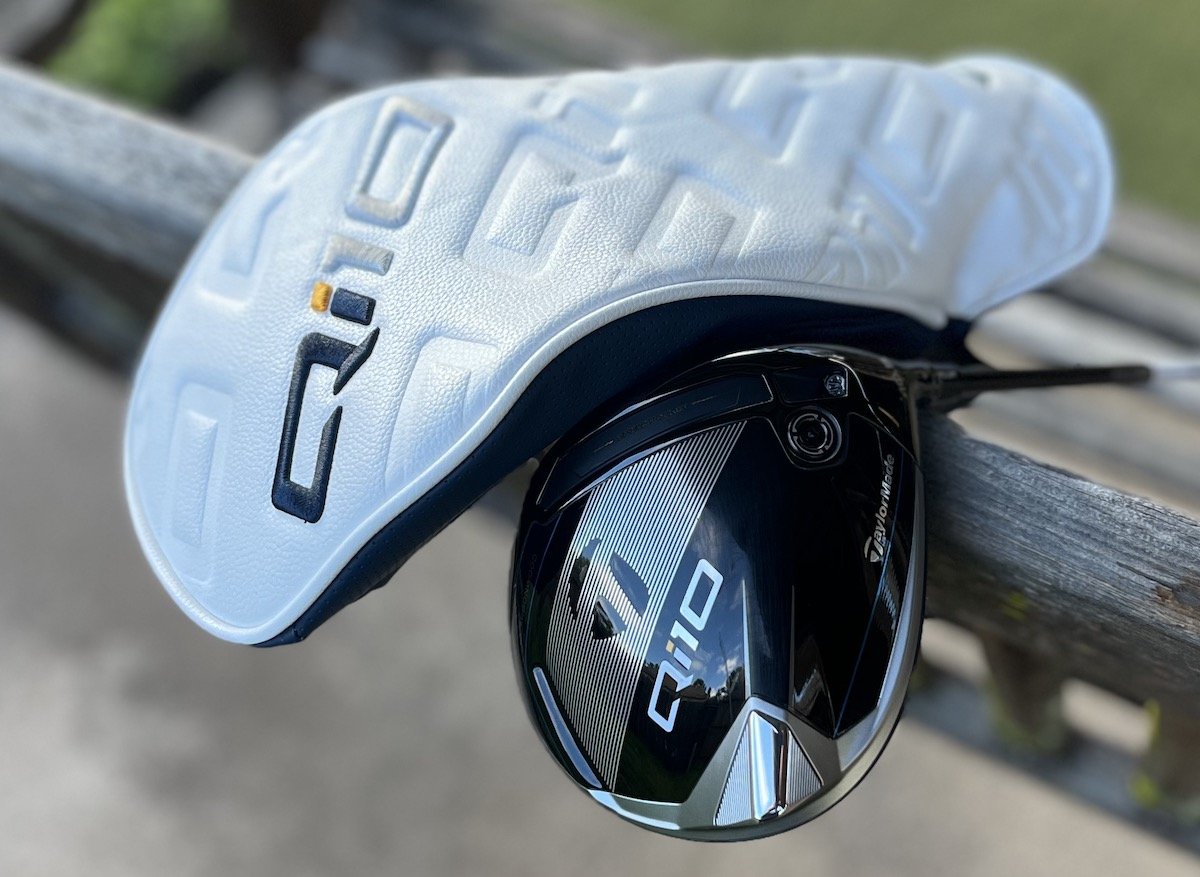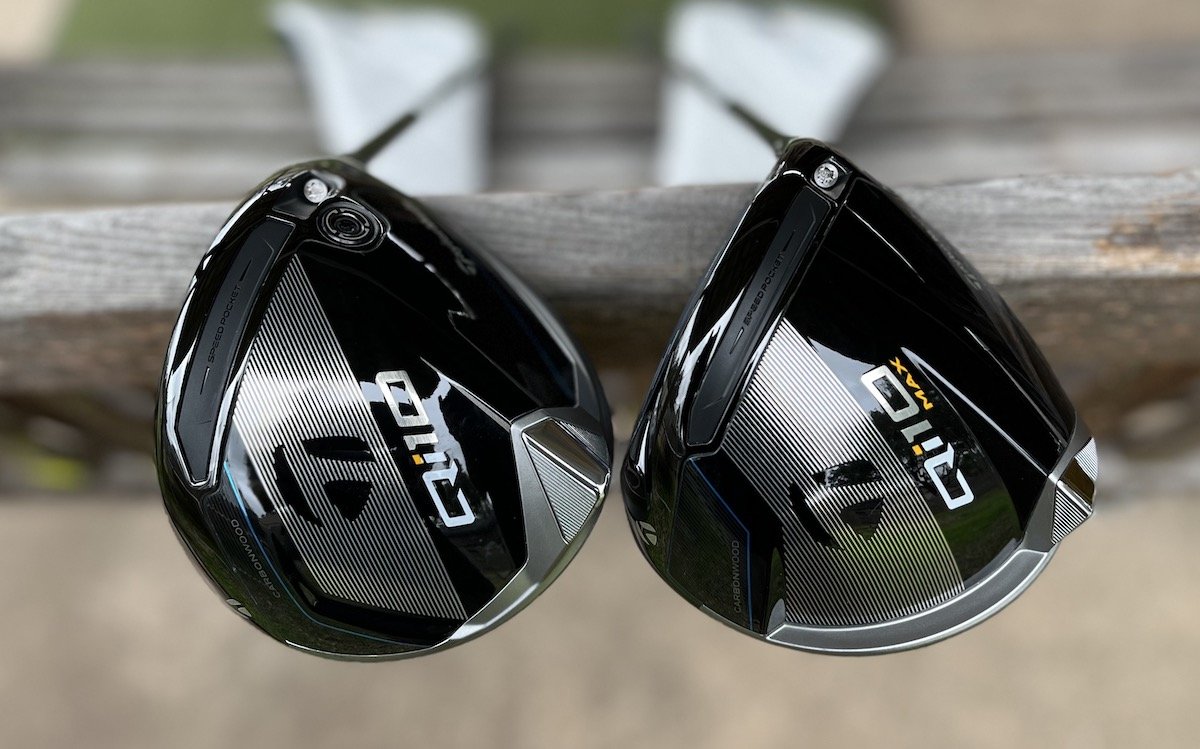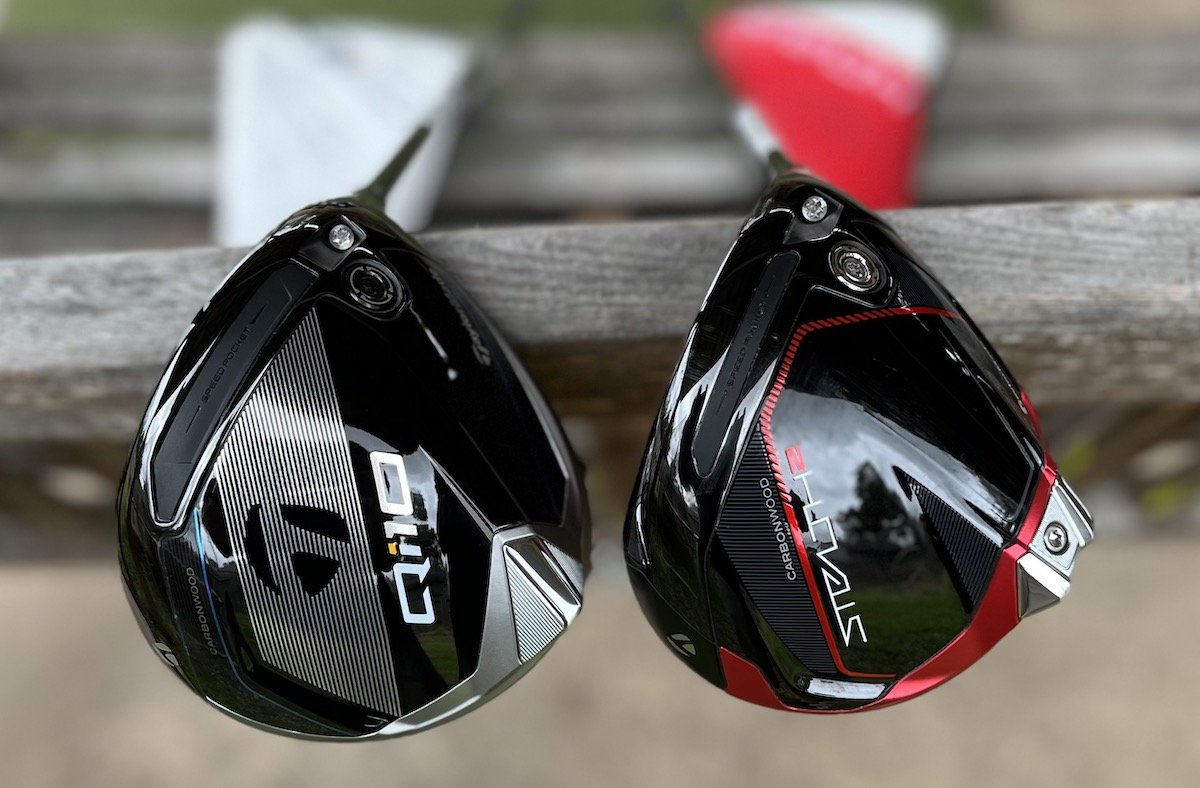The following is my best attempt at explaining how to chip in golf for beginners and for those of us that have issues chipping from time to time.
I’m certainly not an expert at a 9 handicap, but I chip pretty well, and I’ve studied chipping and the short game a lot.
In this article, I cover:
- Chipping with one club vs. many clubs
- Chipping with the leading edge of your wedge vs. chipping with the bounce of your wedge.
Radius Control
The basic rule for chipping your golf ball well consistently, no matter the method, is to keep the center of the clubface the same distance from the center of your body throughout your chipping motion. You’re not likely to get this perfect (nor am I), but the closer you get the better you chip.
Jason Day’s method for radius control is the model I try to follow. He has a fantastic game around the green.
Chipping: One club vs. many clubs
The basic rule for chipping strategy used to be – get the ball on the green rolling as fast as possible. Older pros would chip with any club from a sand wedge to a 3-iron.
They chose a club based on the distance between the ball and the edge of the green and the distance between the edge of the green and the pin. Green undulations and obstacles play a part, but that’s the basic scenario.
Many pros and amateurs switched to using one club, either a sand or lob wedge, for all chipping from any distance in the last 15 years or so. I discuss both methods below.
One Club Chipping

Advantages
- Club selection massively simplified
- Easier to get comfortable with the one club
- Relatively easy to add and subtract distance by varying length of stroke
- Relatively easy to add and take off loft
Disadvantages
- Not easy to predict spin when using wedges
- Easier to hit fat or thin shots when
- Harder to judge roll-out. Especially on long chips
- Hard to control loft
Chipping with Your Wedges
There are two basic chipping techniques with your wedge (either Sand or Lob)
- Chipping with the leading edge
- Chipping using the bounce
I’ve been a leading edge guy my whole life. It’s a simple concept, whether you use your putting stroke (putt with loft) like Raymond Floyd or use the hinge-and-hold method taught by Phil Mickelson.
The basic idea is to strike the ball with a descending blow and brush the grass with the leading edge of your wedge on the target side of the ball.
I use the bounce technique for the most part, but there are some lies or situations that I prefer to use the leading edge technique.
Chipping with the leading edge of your wedge
Advantage(s)
- Can learn the basic technique quickly (especially when using your putting stroke)
- Relatively easy to adjust the height and carry of the ball
Club Selection
You can chip well using the leading edge with any club from pitching wedge to lob wedge. Club selection will depend on the types of courses you play. Faster greens may require you to use height for stopping power in addition to spin. So, you may consider using your 56-degree or 60-degree wedge.
The courses in my area have slower greens generally. So, I’m comfortable using my 56-degree sand wedge. Plus, I like the versatility of my 56-degree wedge. I play it from any lie including bunkers.
However, there are some situations where it may make more sense to use my 60-degree wedge when playing faster greens. I use the same exact chipping motion, but get more height.
Technique
I extend my arms at address with the leading edge of my wedge lightly touching the ground so I can maintain a consistent radius during my stroke.
To do this, I grip down on my wedge about 2 inches for greater control. You may need to grip down more or less. You will need to measure it for yourself.
Set up slightly open or square to your target line. Play around with both and use what’s comfortable. I played with an open stance for years, but I’ve tried lining up square recently.
I saw an article with Patrick Reed and he is square to his target line. He’s got one of the best short games in the world, so he may be on to something.
I have my feet about 5-7 inches apart and I like to play the ball center or back of center for the most part. I’ve dabbled with moving the ball forward to add height (ala Phil Mickelson) but I sometimes hit it fat.
I don’t like hitting fat chips. So, I’ll open the clubface a touch and line up a little left of the target if I want height.
I like forward shaft lean for this technique. It helps the ball launch lower and helps ensure ball-first contact.
Keep 60% of your weight on your left side throughout the stroke to keep you from moving off the ball in the backstroke.
Your right shoulder should be higher than your left shoulder to help you with ball-first contact and a descending blow. Proper setup and momentum pull your clubhead down into the ball, then turf.
You want your hands, wrists, and elbows to be (or at least feel) passive and power your stroke with your upper body pivot. It’s essential to keep all the angles you established at address the same throughout your chipping motion to the best of your ability.
You can use your putting motion or rock your shoulders back and forth.
You’re gonna think you can’t generate enough power by doing this. This is false. You can generate the perfect amount of power with sufficient practice.
Note: The clubhead must stay outside your hands during the stroke. (part of not changing any angles) Most crappy chippers have a tendency to whip it inside and try to use timing to square it up again. Most of us can’t chip well consistently using timing.
Practice your chipping a lot to learn proper contact, how far you carry the ball, and how far it rolls.
Chipping with the bounce of your wedge

Advantages
- More room for error
- Don’t have to clip the ball perfectly
How to chip with the bounce of your wedge
Club selection
You are going to need a sand wedge or a lob wedge. I use my 56-degree sand wedge exclusively around the green for the reasons stated above. However, I would consider breaking out my 60 degree if I ever reencounter fast greens or have a severe downslope to contend with.
Technique
I line up slightly left of my target line and open the face of my wedge just slightly to expose the bounce a little more.
My feet are still 5-7 inches apart and I maintain most of my weight (60%) on my left side. (I’m right-handed)
I have a slight amount of shaft lean—only just past vertical. Ideally, I would have the shaft vertical, but it’s hard to break old habits. I want the end of the grip to point at my midsection and stay there throughout my chipping motion. I don’t do this perfectly, but I do it well enough and get good results.
I try to power the motion by pivoting my upper body and only my upper body around a stable spine with zero movement of my hands, wrists, or elbows. It may feel a bit robotic at first, but the contact and results are hard to be argued with.
The clubhead must stay outside your hands during the stroke. Don’t whip it inside and try to use timing to square it up again.
I try to sweep the ball off the turf, making sure to hit the ground with the bounce of my wedge. My intention is for the club to be traveling parallel to the ground when it strikes the ball. Don’t know if this actually happens.
The video below has the best explanation of chipping with bounce I’ve seen. It turned on a light bulb in my head. It’s how I chip these days for the most part.
Chipping with Different Clubs

Advantages
- Same stroke
- Simplified stroke
- Same landing spot
- Predictable spin and roll-out
- Easy to control loft
Disadvantages
- Learning carry and roll-out of many different clubs
- Learning to choke down and adjust set up for longer clubs
I use my 56-degree sand for every shot within 60 yards of the green except for putting. I’ve dabbled with using lower lofted clubs for chipping once or twice, but it doesn’t stick.
I’ve recently tested using my pitching wedge and my 9-iron with mixed results. I need a lot more practice to have any confidence with these or other lower lofted irons.
Paul Runyan-Inspired chipping technique
Paul Runyan represents the old-school way of chipping. Get the ball on the green and rolling as fast as you can. He was known as “Little Poison” in his heyday because of his deadly short game.

Advantages
- Simple technique (use your putting motion)
- Less chance for the club to get caught in the turf prior to contact
- More predictable (once you practice and learn your distances
Disadvantages
- It will take time to get used to chipping with different clubs
How to chip like Paul Runyan (almost)
I don’t use this technique much and I don’t use it exactly as he teaches it. But, the DNA is there. I’m thinking of working on it again because it’s a reliable way to chip.
The ball comes out lower and runs a lot more using this method, so you will have to dial back the power quite a bit if you are used to chipping with wedges only. (like me)
Club Selection
Your goal is to land the ball a yard or so on the green because greens roll more predictably than rough.
Select your club based on the distance between you and the edge of the green and the edge of the green and the pin. Also take into consideration any obstacles between you and the green. You can choose anything from a wedge to long iron. It will take a bit of practice to learn you carry and roll with each club.
Technique
Use your putting stance or slightly narrower. Practice will nail this down for you. Place the ball center of stance or slightly back.
I like to grip down on the club and have my arms as straight as possible for more consistent contact. This is part of the measuring I mentioned above. Mr. Runyan recommends a lot of elbow bend.
I use my putting motion or a slightly exaggerated version of my putting motion. I also learned to raise the heel of the iron the ground and let the toe hang lower so there’s less club to get caught in the grass.
Learning how to chip in golf is not optional for any golfer wanting to be a better player. Chipping is a part of the game you can and should get very good. Nothing saves a round like getting up and down on the regular.
What to do next?
Thanks for checking out my little guide on how to chip in golf for beginners – or anyone, really. Now that you are on the road to getting your chipping in shape, it’s time to sink those putts. So check out my best putting drills and keep shaving off those strokes.

